We bought our boat in 2018 and spent four years preparing her for the adventures that awaited us beyond the horizon. Now, with many miles behind us, we are deeply grateful for the work we put into her before setting sail. While we undertook numerous cosmetic projects, like painting and varnishing, it’s the five key structural projects we completed that truly set us up for success on our cruising journey.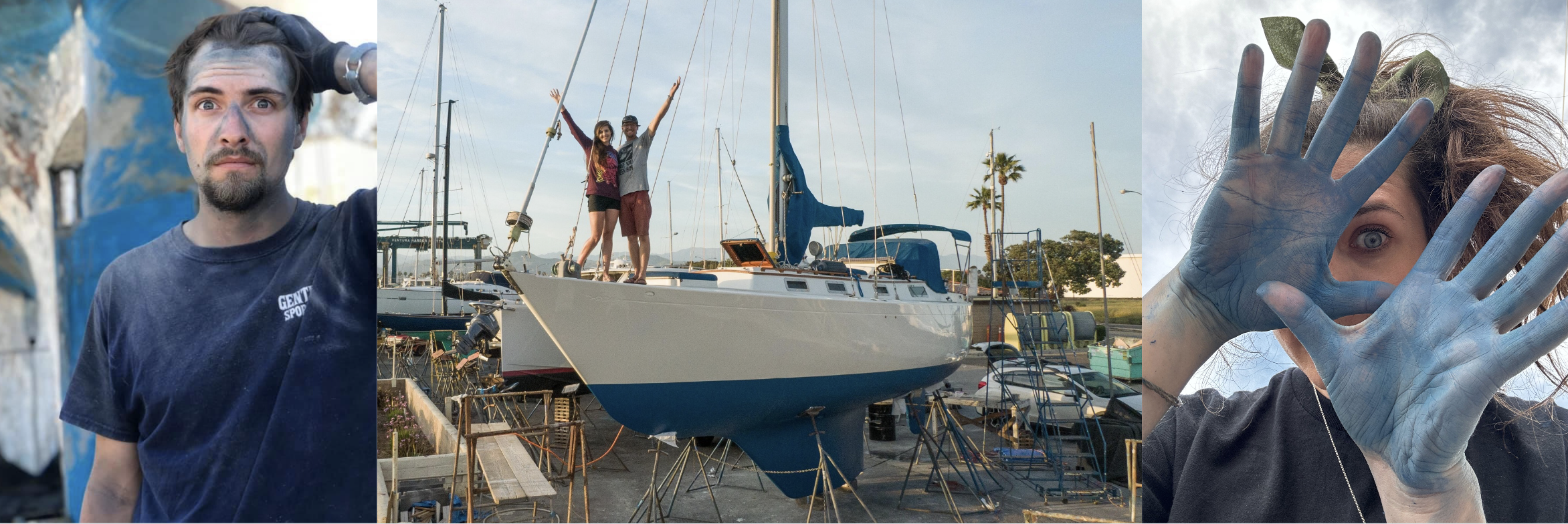
Toe Rail to Bulwark
Cheoy Lee is notorious for poor metal quality which is why we weren’t really surprised to find our deck to hull joint full of voids caused by corroded screws. When we removed our toe rail, we knew we wanted to build back better and stronger so took one out of legendary yacht builder Lyle Hess’s book and implemented a bulwark design instead.
This design allowed us to glass over our deck to hull joint, and minimize the penetration into the deck with new hardware since the bulwark attached to the modified-but-already-existing stanchion bases. The new bulwark not only improved the boat’s safety but also enhanced its aesthetic appeal, making it better suited for bluewater cruising.
Dodger Build
Avocet came with a canvas dodger that was at the end of its life, giving us the opportunity to upgrade to a custom-built hardtop dodger. After conversing with many notable sources such as the godmother of cruising herself, Lin Pardey, we decided to go with a hard top dodger that we could mount our solar panels to, with removable canvas sides to increase airflow. Chris also wired inset lighting into the hard top so we could have red lights during night passage, and light at anchor which was a nice touch that everyone compliments! The top is strong enough to stand on and has become a structural part of our boat. It is still one of our most complimented projects, only second to the toe rail to bulwark build.
Mast Rebuild
The mast rebuild on Avocet was crucial due to wear and tear that compromised safety and performance. Although we had already replaced all of Avocet’s chainplates, we removed the mast and addressed issues like deteriorated standing rigging, outdated wiring, and worn components, we ensured the boat’s structural integrity and improved overall reliability. This comprehensive overhaul has made life on Avocet significantly better by enhancing safety, increasing efficiency, and providing peace of mind during future voyages. Not to mention, our decision to coat the mast in Nyalic rather than paint or leave it bare was a fantastic choice as it has held up three years after the fact.
Fridge Rebuild
Recognizing the inefficiency and space constraints of our old fridge, we decided to be ambitious and DIY a solution that met our specific needs. As we got into the demolition phase we quickly realized just how inefficient our fridge set up was due to failing insulation. The project involved careful planning, insulation work, and installing a new compressor which resulted in a highly efficient and reliable fridge that not only preserves food better but also significantly reduces energy consumption, enhancing our overall comfort and sustainability onboard – plus we have a secret beer-well now!
Boat Built Batteries
One of our most challenging yet rewarding projects was building our own lithium iron phosphate (LiFePO4) batteries. Faced with the steep costs of pre-built battery systems, we chose a DIY approach, allowing us to save money and create a power system perfectly suited to our boat’s needs. The project required extensive research, sourcing individual battery cells, and assembling the components ourselves. Through this process, I learned about the differences between LiFePO4 batteries and their more unstable cousin, lithium-ion—the type used in phone batteries, RC cars, and other electronics that carry a higher risk of fire. In contrast, LiFePO4 is not combustible. This upgrade resulted in a high-performance power solution that drastically improved Avocet’s energy efficiency, reliability, and self-sufficiency, making our cruising life more sustainable and worry-free.
As we reflect on our sailing journey, we’re reminded of the years of projects that brought us to these picturesque anchorages and the warm days of downwind sailing. All in all, we couldn’t be more proud of the transformation we’ve made on our boat and look forward to being her caretakers and crew for many years to come. Looking for project advice? Comment below or send us an email—we’d love to connect!
Don’t forget, you can always follow along on YouTube for projects, adventures, and fun!
Fair winds,
Marissa, Chris and Cleocat
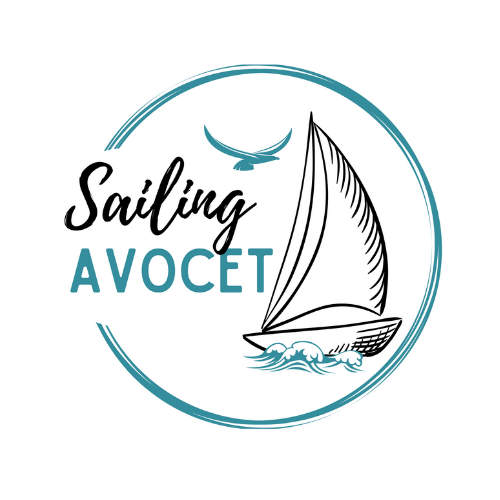
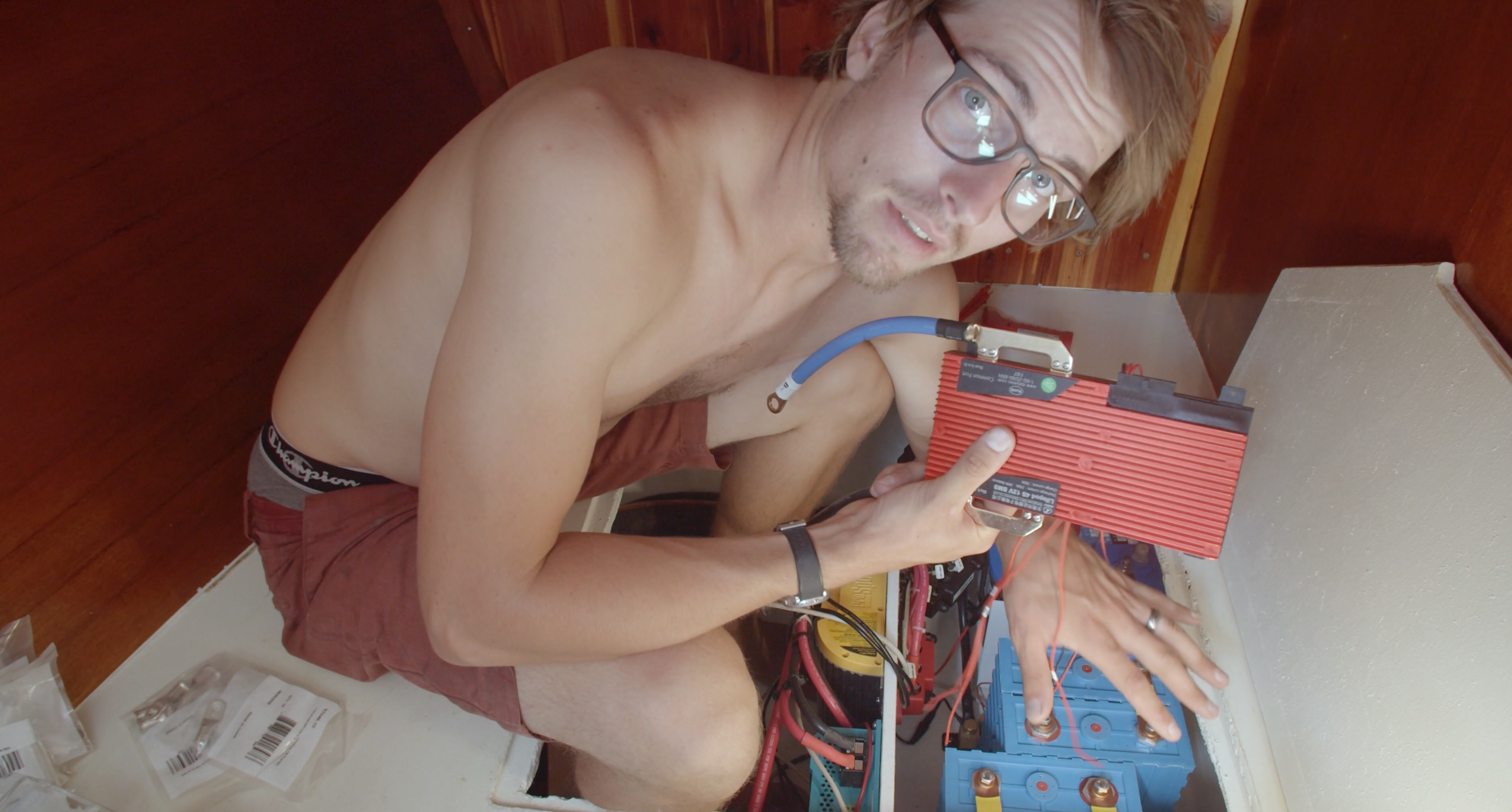
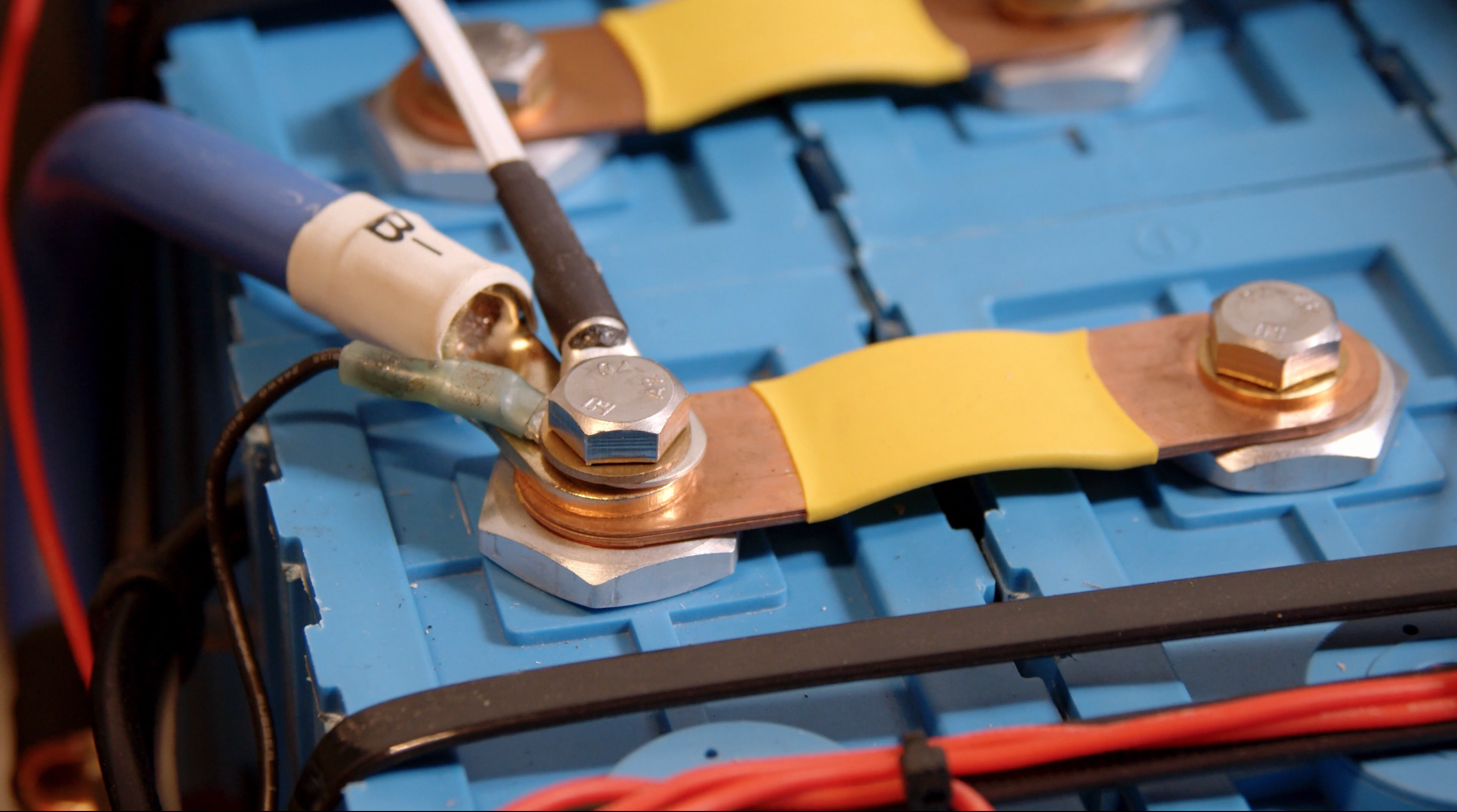
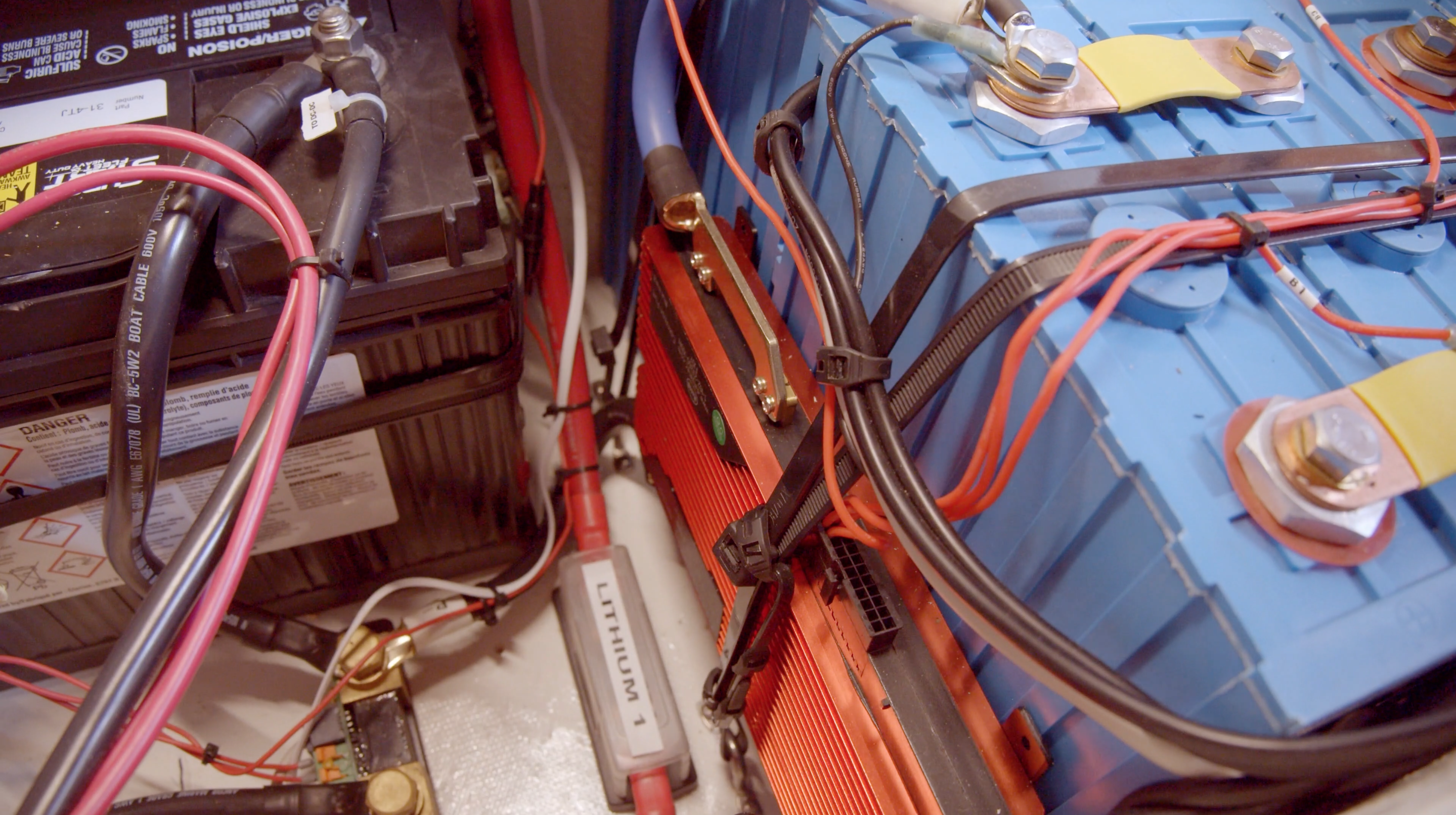



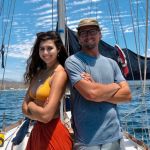

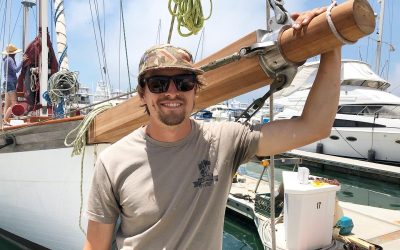
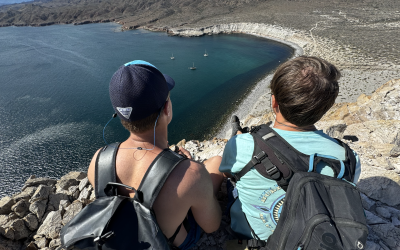
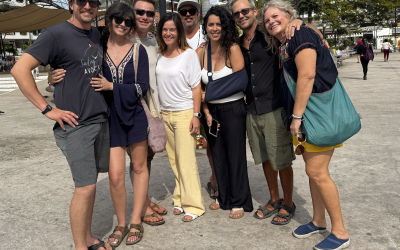
0 Comments